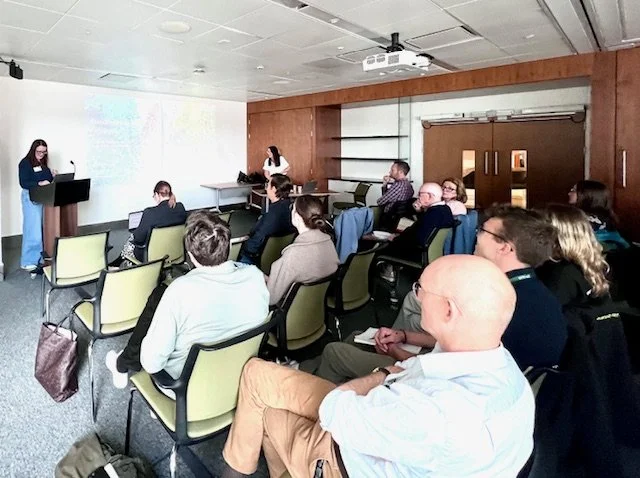Responsible Business Insights
BNG - one year on!
Biodiversity Net Gain (BNG) is now a legal requirement for developers, embedded within the Environment Act 2021. Since February 2024, major schemes must deliver at least a 10% uplift in biodiversity, with small sites following from April 2024. For most, this means following the statutory metric and its trading rules. But there are cases where the metric alone cannot capture the ecological value of a proposal. Here, Rule 4 comes into play.
Understanding Rule 4
Rule 4 allows deviation from the metric’s trading rules when “exceptional ecological circumstances” can be evidenced. The overall biodiversity gain target must still be achieved, but the approach is more flexible. To apply Rule 4 successfully:
The planning authority must be engaged early and satisfied the case is justified.
Reports must show why the site is optimal for a specific intervention.
Evidence of specialist expertise and ecological benefits not recognised by the metric is essential.
In short, Rule 4 recognises that the metric is a blunt tool, and in some habitats, a more nuanced ecological approach is required.
The Cambois Data Centre Case Study
Arcadis’ work on the Cambois Data Centre in Northumberland provides a clear example. The project, granted outline consent in 2025, was located on a former coal stocking yard with complex habitats including open mosaic habitat on previously developed land (OMH), neutral grassland, scrub, ponds and ditches.
Despite sensitive design and habitat retention, the statutory metric showed the scheme fell short of the 10% requirement. The issue was OMH: its complexity and ecological value could not be easily replicated onsite or measured fairly within the tool.
How Rule 4 Was Applied
Offsite solution: Working with Northumberland County Council, an offsite habitat bank of around 300ha was identified. It adjoined a Site of Special Scientific Interest (SSSI)-quality mosaic of species-rich grassland, wetlands and scrub.
Optimal conditions: The soils, hydrology and nutrient status meant the land was highly suitable for habitat restoration.
Expert delivery: Experienced ecologists developed a Habitat Management and Monitoring Plan (HMMP) to secure long-term outcomes.
Landscape scale: The proposed interventions were eight times larger than the average local conservation site, ensuring measurable biodiversity uplift at scale.
The result was a complex, landscape-scale restoration that went beyond what the metric could model. The approach has since been praised by consultees and shortlisted for the 2025 Brownfield Awards!
The Rule 4 case shows that:
Flexibility is crucial – the statutory metric is a guide, not a straightjacket.
Partnership working delivers results – collaboration between developer, ecologists, planning authority and Natural England was key.
Habitat banks are vital – they provide the scale and conditions for complex restorations that individual sites cannot achieve.
Rule 4 is not a shortcut – it requires rigorous evidence, legal agreements and long-term management commitments.
READY TO BE A RESPONSIBLE BUSINESS?
Contact us today to learn more about how we can help you take meaningful steps toward a sustainable, purpose-driven future.








